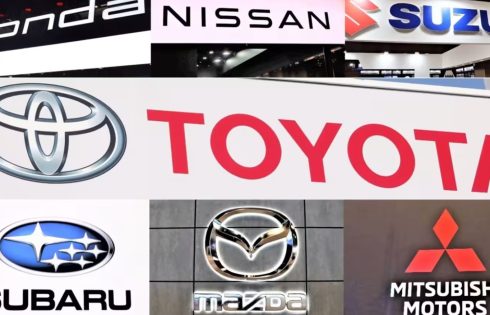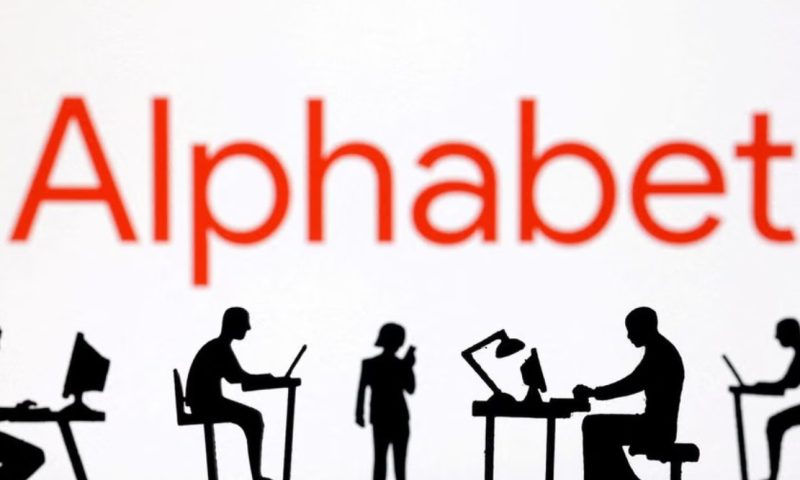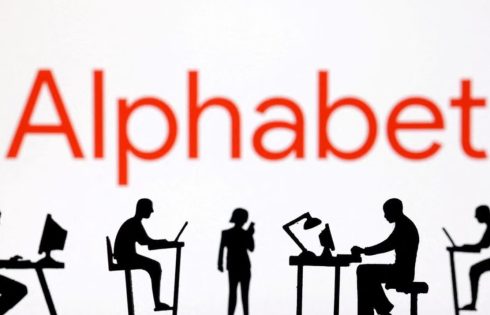Social Security Payments up to $5,108 to go out in final week of March

As March 2025 draws to a close, the Social Security Administration (SSA) is preparing to issue its final round of payments for the month. Retirees, survivors, and disability beneficiaries who have not yet received their March Social Security payments should expect their funds this week.
For some eligible recipients, the payment could be as high as $5,108, depending on factors such as retirement age and lifetime earnings. With the rising cost of living, these payments remain a crucial financial lifeline for millions of Americans.
Here’s what beneficiaries need to know about who is getting paid this week, how Social Security payments are structured, and what changes are coming next for recipients.
Who Will Receive a Social Security Payment in the Final Week of March?
Social Security benefits are distributed on a staggered payment schedule based on the recipient’s birth date and when they first started receiving benefits.
The final Social Security payment for March will be sent on Wednesday, March 26.
This last batch of payments for the month is for retirees, survivors, and disability beneficiaries who:
- Began receiving benefits after May 1997
- Have a birth date between the 21st and 31st of any month
If your birthday falls within this range, and you qualify for Social Security retirement, survivor, or disability benefits, expect your March payment to be deposited on March 26.
Beneficiaries who receive Supplemental Security Income (SSI) or who started receiving Social Security before May 1997 have already received their payments earlier in the month.
How Much Will Beneficiaries Receive?
The amount you receive in Social Security benefits depends on several factors, including:
- Your earnings history
- The age you started claiming benefits
- Annual Cost-of-Living Adjustments (COLA)
For 2025, the maximum possible Social Security payment based on the highest earnings and delayed retirement age is:
- $5,108 per month for those who retire at age 70
- $4,018 per month for those who retire at full retirement age (67)
- $2,831 per month for those who retire at 62
For the average retiree, however, the typical Social Security payment is much lower. In January 2025, the SSA reported that the average retirement benefit was $1,976 per month.
Additionally, disability benefits (SSDI) and survivor benefits vary based on individual earnings records and eligibility.
What to Do If You Haven’t Received Your Payment?
If you expect to receive a Social Security payment but have not yet seen it in your account, here’s what you should do:
- Wait at least three business days – Payments sometimes take additional time to process, especially with bank holidays or delays in processing direct deposits.
- Check your payment status online – Log into your mySocialSecurity account at SSA.gov/myaccount to confirm your payment details.
- Contact your bank – If you receive payments via direct deposit, check with your bank to ensure there are no issues with account verification or transfers.
- Call the SSA if needed – If your payment has not arrived after three business days, contact SSA customer service at 1-800-772-1213 to report the issue.
What’s Coming Next Month for Social Security Recipients?
With April 2025 on the horizon, Social Security recipients should be aware of several important developments that may impact future payments.
1. Social Security Payments Are Increasing in April
Beneficiaries will see higher payments starting in April, thanks to the Social Security Fairness Act (SSFA), which repealed the Windfall Elimination Provision (WEP) and Government Pension Offset (GPO).
Over 3.2 million retirees, including teachers, firefighters, and public sector workers, will see an increase in their Social Security payments.
The SSA has already issued over $7.5 billion in retroactive payments, and monthly benefit adjustments will begin in April.
For affected retirees, April’s Social Security payment could be the highest they’ve ever received.
2. Possible Delays Due to SSA Staffing Cuts
The SSA is currently undergoing significant workforce reductions, eliminating 7,000 jobs and closing several regional offices.
These cuts could lead to longer wait times for customer service and delays in processing claims and benefit adjustments.
Beneficiaries who need to update their records or appeal benefit decisions should act quickly to avoid processing delays.
3. Smaller Cost-of-Living Adjustment (COLA) Expected for 2026
Although Social Security benefits increased by 2.5% in 2025, early projections indicate that the 2026 COLA may be just 2.2%—one of the smallest increases in recent years.
The COLA is based on inflation data, and while overall inflation has slowed, housing and medical care costs for retirees remain high. If the COLA is too small, retirees may find it harder to keep up with rising expenses.
The official COLA for 2026 will be announced in October 2025, based on third-quarter inflation data.
Takeaways: What to Know About Next Week’s Social Security Payment
✔ The last Social Security payment for March will be deposited on March 26 for retirees and disability beneficiaries born between the 21st and 31st of the month.
✔ Some beneficiaries could receive up to $5,108, depending on their earnings history and retirement age.
✔ If you haven’t received your payment by March 29, contact the SSA to investigate any issues.
✔ April 2025 will bring increased payments for many public-sector retirees due to the Social Security Fairness Act (SSFA).
✔ SSA staffing cuts may cause future processing delays, making it essential to stay proactive about benefit updates.
As Social Security payments continue to evolve, staying informed will help retirees and disability beneficiaries maximize their benefits and plan for the future.





























